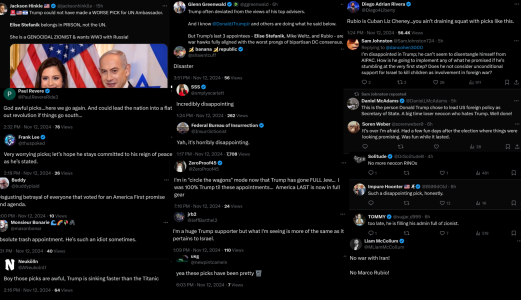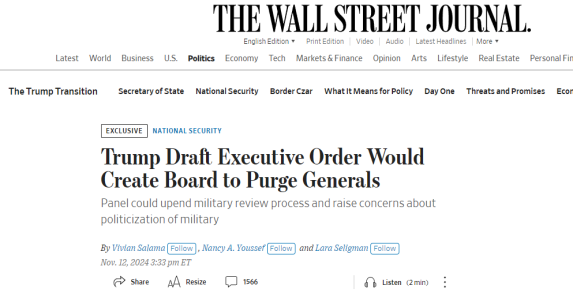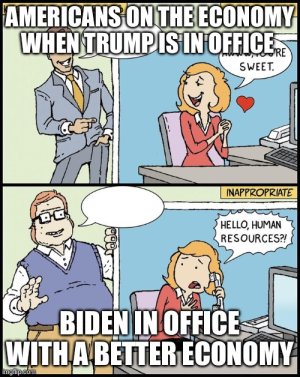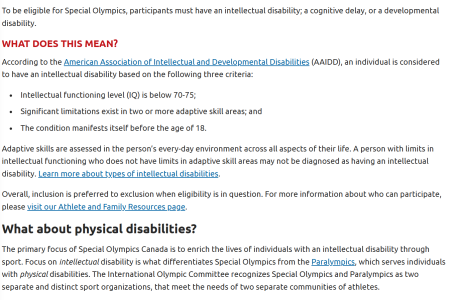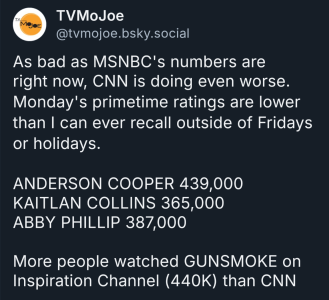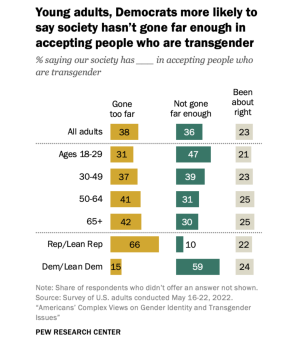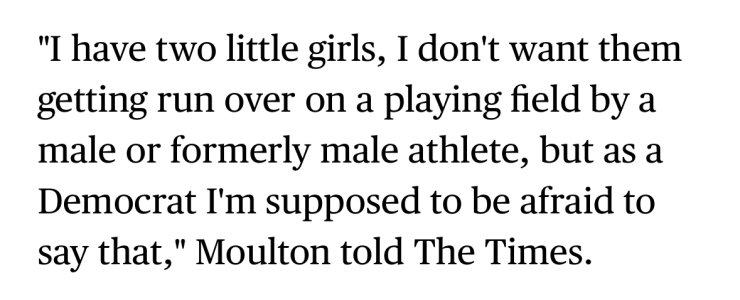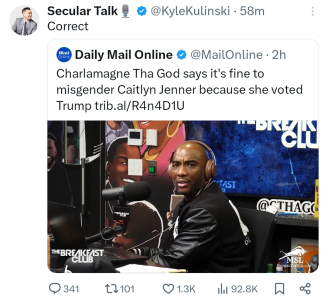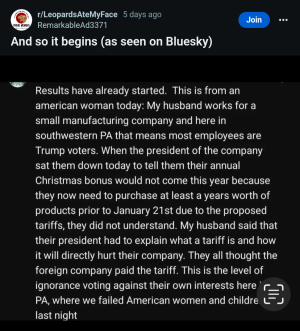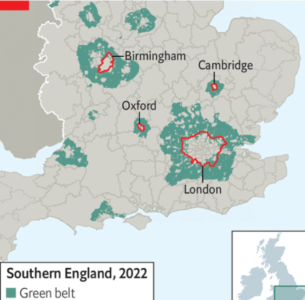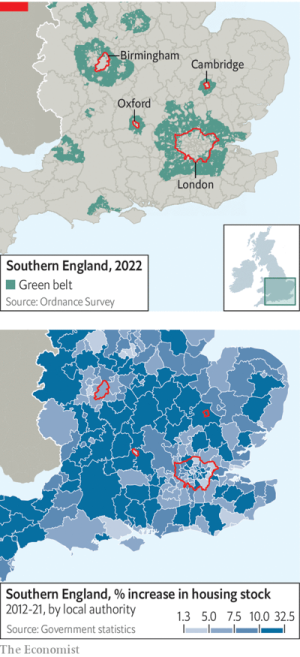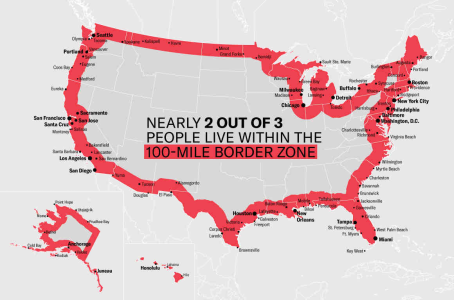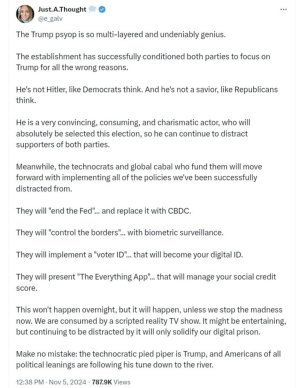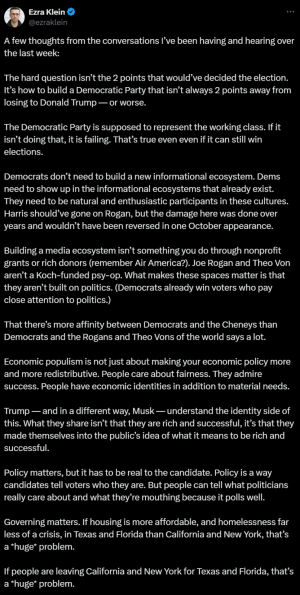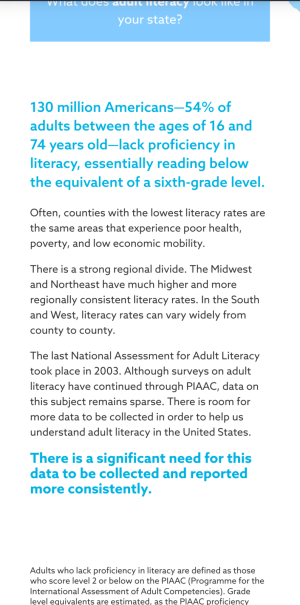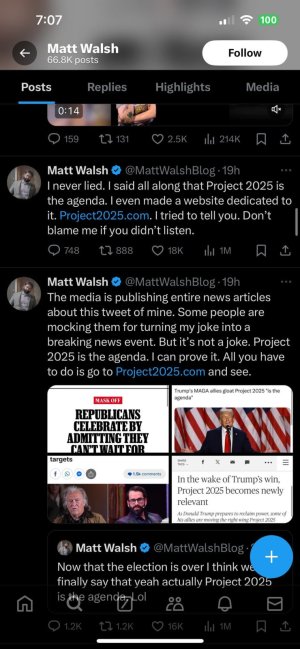In praise of polarization
How identity politics changed the Democratic Party — for the better.
By
Ezra Klein@ezraklein Jun 24, 2020, 8:30am EDT
Democratic lawmakers take a knee to observe a moment of silence on Capitol Hill for George Floyd and other victims of police brutality. Brendan Smialowski/AFP via Getty Images
Polarization, party sorting, and identity politics are central villains of our time. Politicians lament them. Pundits loathe them. Book after book has been written blaming them for society’s ills, from the
decline of reason to
the electoral travails of the Democratic Party to
the death of American democracy.
But the past month of sustained, mass activism against police brutality offers evidence for the defense — that sorting around identity can be inclusive, that polarization can be productive.
The
historically multiethnic nature of the Black Lives Matter protests, and the
rapid change in polling around racial issues, is partly the result of decades of polarization that have put African Americans in coalition with Hispanics, Asians, and white liberals. The Democratic Party is increasingly a coalition of people who experience racism directly or base part of their identity on opposing it ideologically. This is something new in American politics, and it carries within it real reason for hope.
“If we were ever to have a national reckoning with our legacy of racial violence, it would require immense political power on the side of the people who wanted the reckoning,” says University of Maryland political scientist Lilliana Mason, who studies polarization. “We’ve never had a political party that was almost entirely in agreement that systemic racism exists, particularly among the white partisans. But that’s changing very quickly.”
Racism is America’s founding sin, and it cuts the deepest divisions in our political history. But those divisions, across the 20th century, existed in both political coalitions simultaneously. In 1994, 39 percent of Democrats, and 26 percent of Republicans, said discrimination was the main reason Black Americans had trouble getting ahead. There was a gap, but it was modest. As Michael Tesler, a political scientist who studies racial polarization at the University of California Irvine, has
shown, up through the 2000s, the parties were more similar than different when polled on racial issues.
Barack Obama’s election, the Black Lives Matter movement, and Donald Trump’s rise changed that. Race became a central division between the parties, driven by
demographic changes that gave a multiethnic Democratic coalition the numbers to win power, and drove racially conservative white Democrats into the Republican Party. By 2017, 64 percent of Democrats said discrimination was why Black Americans had trouble getting ahead, but only 14 percent of Republicans said the same. A 13-point difference had become a 50-point chasm.
The same massive levels of polarization were on display in the polling following George Floyd’s death. A Monmouth survey
found that 71 percent of Democrats, but only 37 percent of Republicans, thought the anger driving the protests was justified. A
CNN poll found 92 percent of Democrats, but only 37 percent of Republicans, believe the criminal justice system is biased against Black Americans. A
CBS poll found that 76 percent of Democrats, but only 24 percent of Republicans, believed African Americans face “a lot” of discrimination in daily life.
The alternative to polarization is often suppression
Polarization can create the conditions for overdue reckonings, for broader coalitions. When the parties were mixed, and racially conservative whites were seen as the key swing vote, racial issues were suppressed in American politics. The passage of the Civil Rights Act is the exception that proves the rule: Civil rights laws had been blocked in Congress for decades, and the rupture required to unblock them broke the party system of that era. The polarization of the parties around race and ideology — a story I tell in detail in my book
Why We’re Polarized — created an incentive for one party, at least, to prioritize issues of racial justice.
“As the parties became more polarized around racial issues, it became much safer for Democratic politicians to embrace racial issues,” says Christopher Stout, a political scientist at Oregon State University and the author of
Bringing Race Back In: Black Politicians, Deracialization, and Voting Behavior in the Age of Obama. “Even in 2008, there was a lot of hesitancy to talk about race. Think back to Obama and Jeremiah Wright. But as white working-class voters who were racially conservative left the Democratic Party, it created space for Democrats to talk about race and be rewarded for it rather than punished for it.”
Joe Biden’s
career reflects the arc of this change. As he has gotten in trouble for saying, when he entered Congress, in the 1970s, he worked often with conservative, segregationist Democrats. These weren’t just coalitions of expedience: He took positions on issues like
crime and
busing meant to mollify racially conservative white voters. But Biden changed alongside his party. By 2008, those Democrats were gone, and Biden was Obama’s vice president, in an administration that cemented the Democratic Party’s identity as the party of a multiethnic America.
Then Donald Trump emerged as a backlash candidate to Obama, further clarifying the divide for both sides. “So much of what defines being a Democrat right now is hatred of Trump,” says Tesler. “And so much of what Trump stands for is racially resentful positions and ethnocentrism. So it became really dissonant to be a Democrat who’s not on board with a racially progressive agenda.”
Today, Biden is the Democratic Party’s expected nominee for president, his success powered by black voters, his opponent Trump, his most important supporter America’s first black president. In his first remarks after George Floyd’s death and the ensuing protests and uprisings, Biden warned white Americans that “the pain is too intense for one community to bear alone,” and said that “with our complacency, our silence, we are complicit in perpetuating these cycles of violence.”
In a sharp analysis, the New York Times
noted that Biden’s statement was notable for what was missing. “He made no attempt to soothe the fears of those white Americans who, while sympathetic to the plight of people of color, are just as uneasy about the kind of disturbances that left parts of Minneapolis in flames Thursday night.”
A few weeks later, Sen. Amy Klobuchar (D-MN)
dropped out of Biden’s vice presidential search and called on Biden to choose a woman of color for the ticket. “After what I’ve seen in my state and what I’ve seen across the country, this is a historic moment and America must seize on this moment,” she said. “I truly believe, as I told the vice president last night, that I believe that this is a moment to put a woman of color on that ticket.”
How identity politics can be inclusive
Identity politics is often tossed around as a slur, an epithet. A politics of identity is said to be exclusionary, pitting Americans against each other, denying them the common ground of shared experience. This is oft-made criticism of “Black Lives Matter” as a slogan, by those who prefer “all lives matter.” But we are seeing the rebuttal to that argument in the political reality of this moment, where 91 percent of Democrats — and 92 percent of white Democrats —
express support for Black Lives Matter (as do 40 percent of Republicans). A politics of identity can be inclusionary, building bridges across experiences that would otherwise remain siloed.
The modern Democratic Party, for reasons of both demography and ideology, takes seriously the idea that to be Black in America is a different experience than being white in America. And that has formed a coalition that now takes Black Lives Matter as a multiethnic rallying cry. As Matt Yglesias shows in his essay on “
The Great Awokening,” white liberals now express more liberal views on some racial issues than Black Democrats. In this case, the Democratic Party’s openness to “identity politics” has led white liberals to a politics that reaches far beyond their own experiences.
“If Democrats want to talk about public health or the environment through a racial lens, they don’t need to worry their white base will be turned off,” says Wellesley political scientist Jennifer Chudy, who studies the political dynamics of cross-racial sympathy.
Identity is never singular. We have many identities, some of them linked together, some of them sitting in tension. The story of modern political polarization is identities fusing together: Black, Jewish, liberal, atheist, urbanite —
Democrat. White, evangelical, rural, conservative, hunter —
Republican. Identity fusion creates stronger bonds of solidarity between those who share identities, and can create more conflict with those who become the out-group. It is both inclusionary and exclusionary. But for groups who’ve long been marginalized, who haven’t had the power to force their concerns and their experiences to the forefront of national politics, it can be transformative.
There is no action without reaction, of course. The promise of change that thrills some Americans unnerves others. Trump is president because Obama was president. We will not suddenly find agreement on America’s oldest divides, easy redemption for our oldest sins. And our political system is designed to reflect consensus, not resolve conflict. This is why, in part, polarization is so feared: It breeds government paralysis, wanton obstruction, dangerous brinksmanship.
Even so, we should prefer the difficulties of political conflict to the injustice of suppression. Police brutality is as old as America, but it has been rare for either of our major political parties to take it seriously, much less make it — and racial inequality more broadly — central to their agendas. Change at the level America needs may not be likely, but it would be impossible if neither party was willing to fight for it. That one is beginning to do so now is the product of relentless organizing, activism, and courage among Black Americans, but it is also the product of polarization, sorting, and identity politics.





















 ...
...











